Industrial washing / Articles
Message in a bottle: what does waste management mean for companies?
Find out what waste management is, why it’s important and how it can benefit your business.
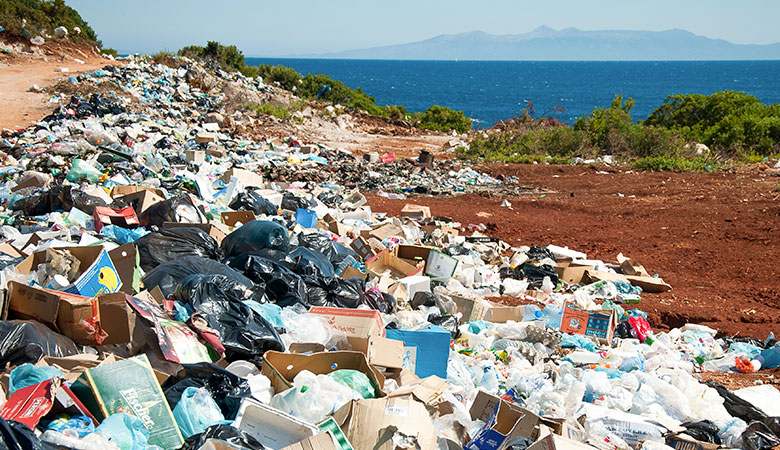
 10 minutes of reading
10 minutes of reading
2022-09-22 18:19:25
Find out what waste management is, why it’s important and how it can benefit your business.
If you find a plastic bottle next time you go to the beach, don’t go looking for secrets inside. The message is painfully clear: most likely, that bottle belongs to Coca-Cola, which produces most of the plastics found on beaches around the world. The food giant produces 3 million tons of plastic packaging per year–and a mere 10% are recycled. It is by far the world’s largest producer, but has already announced its intention to cut this figure in half. They are far from alone: in 2003, Estée Lauder publicly committed to stop sending waste to landfills and to produce all packaging from recycled plastic. Microsoft became the most environmentally ambitious Tech company after announcing plans to go carbon-negative by 2030.
What do these huge brands have in common? All have come out with goals to reduce waste such as paper, plastic, metal, glass, oil, water and even food. These and many other forms of wastes harm the environment, the health and the well-being of employees and customers, and companies’ bottom line. Find out what waste management is, how important it is for organizations of all sizes, and how to implement efficiently.
What is waste management?
Waste management refers to the set of actions companies deploy to prevent, reduce, reuse or dispose of waste stemming from its activity. It is fundamental to fight climate change, improve efficiency and protect people–and is a legal obligation.
Each country has its own legislation that provides guidelines and determines the responsibilities of companies in waste management, as well as fines for non-compliance. It is up to the manufacturers and licensed agents to manage waste throughout its life cycle, from production to disposal. This reduces the amount of waste generated and its harmful consequences for the environment and public health. One of the key challenges, however, is the variety of waste. There are many types, classified according to its origin, composition and risk.
What types of waste are there?
Industrial waste can be categorized into several types, each with its own treatment procedures.
Chemical waste
Chemical waste is usually the result of large companies, and its treatment should follow strict guidelines. It must be separated on site and discarded by specialized agents to ensure compliance with legal, health and safety requirements.
Solid waste
Solid waste can include different materials such as paper, plastics, wood and metals. Proper management of this type of waste paves the way for its reuse, as they can start a new life as raw material for other companies. Thus, it is possible to provide an ecologically adequate treatment – and even a profitable revenue stream for organizations.
Liquid waste
Liquid waste includes mostly water. When in contact with hazardous materials, water becomes contaminated with organic and residual liquids. This type of waste, if not properly treated, can end up in the seas, rivers or lakes, with serious environmental consequences.
Toxic waste
Toxic waste is usually found in factories, laboratories or hospitals. These organizations are required to have special treatment protocols in place so as not to cause severe problems of safety and public health. This type of waste should be handled by authorized teams under the law of each country.
What are the advantages of a waste management policy?
Besides the legal requirement for effective waste management, there are other economic and social benefits for companies that meet these requirements.
Legal compliance
Inappropriate waste disposal is an environmental crime, so companies are obligated by law to have a waste management policy. In addition, companies that do so receive environmental certifications, which can be an important requirement to get funding and even be awarded public contracts.
Environmental impact
Ineffective waste management affects entire ecosystems. On the one hand, water, soil, fauna and flora can be irreversibly altered. On the other, human health may be at risk from direct or indirect exposure to hazardous waste.
Cost and waste reduction
Good waste management lead to better use of resources, such as water or energy, with significant savings. The food industry alone consumes 30% of the world’s energy, and accounts for 20% of greenhouse gas emissions. Excluding agriculture, it is the sector that consumes the most water.
By reducing and redirecting waste, it is possible to reduce this expenditure. In addition, an effective waste management policy avoids fines for non-compliance, which are often so large that they can endanger the financial health of an enterprise.
Positive image
A company that respects environmental protection standards and is proactive in its sustainability efforts provides ample evidence of its social commitment. This is the first step towards building a positive image, improve reputation and foster a better relationship with the public.
What are the different stages of waste management?
From prevention to disposal, there are several strategies to consider for effective waste management. These are the main ones.
1. Prevention and reduction
At the top of the waste management hierarchy is waste prevention and reduction. Whenever possible, companies should take steps to minimize the amount of waste generated.
MultiWasher, Somengil’s high-performance industrial washing machine, can help to do so. With this equipment, companies benefit from a saving of 2/3 of water compared to other solutions on the market. In addition, this intelligent equipment requires 70% less detergent for a perfect wash.
2. Reuse
Secondly, it is important to use materials and packaging that can be reused, thus contributing to the principle of a circular economy. As a result, the product life cycle increases and the waste is kept out of the environment.
3. Recycling and Recovery
Recycling and recovery ensures that waste is repurposed.This eliminates the need to route waste to landfills, incinerators or other expensive destinations.
4. Elimination
At the bottom of this hierarchy is elimination. This is the last option to consider when none of the above is possible. Normally, at this stage, waste is sent to a controlled landfill or for incineration.
How to implement effective waste management in your business?
With this hierarchy in mind, a waste management plan involves 3 major steps.
1. Perform a diagnosis of the current situation
First, it is necessary to survey how much waste is being generated, and of which type. This initial diagnosis should clarify which processes generate which form and amount of waste, the labor and equipment involved, the current destination and its environmental impact. Establishing this baseline is the first step towards improving.
2. Check legal requirements
Depending on the country where your company operates, check the regulations of the environmental agencies to adjust the waste management strategy accordingly. Based on this information, you can define the correct destination for each type of waste generated.
3. Define a waste management plan
At this stage, it is important to define the operational procedures for each step of waste management, alongside the respective solutions. This plan should detail how to separate, pack, transport, treat and reuse (when possible) waste. It should also state whether it can be recycled and how, and what the most adequate destination is.
Besides all this information, preventive and corrective actions are needed in case of incorrect management, as are KPI to assess whether targets are being achieved and a frequent revision of the plan. Finally, as per any change, it is essential to include all employees in this waste management plan.
Multiwasher’s role in waste management
To support waste management initiatives and minimize water, energy and detergent consumption, consider state-of-the-art equipment such as the MultiWasher. This is an economically and environmentally efficient solution to minimize your company’s waste, and the first step in reviewing industrial washing processes.
Be sure to see for yourself the effectiveness of MultiWasher. Contact us to see to schedule a webinar and get the most of its efficiency and savings.
You may also like

Industrial washing / Articles
Resource management: what is it and how to do it right
Learn how efficient resource management can enhance productivity, reduce costs, promote sustainability, and avoid unforeseen hiccups.
Posted in 2024-04-23
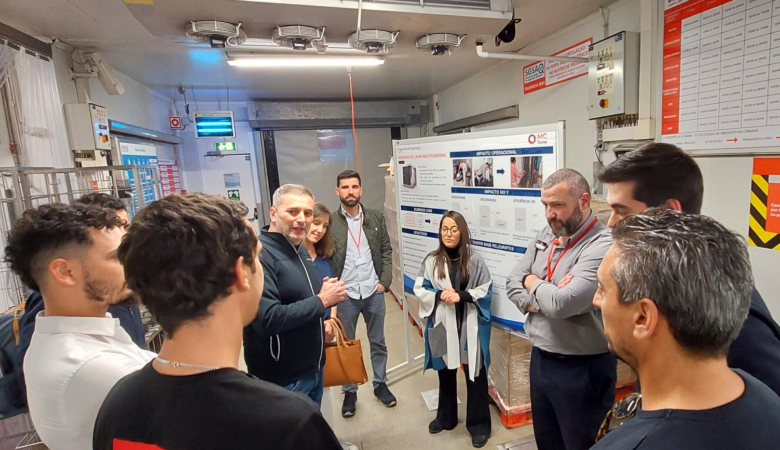
Industrial washing / Articles
Sonae and MultiWasher: case study in sustainable retail transformation
MultiWasher was the solution chosen by Sonae to eliminate the need for manual sanitization. Discover the results.
Posted in 2024-01-05
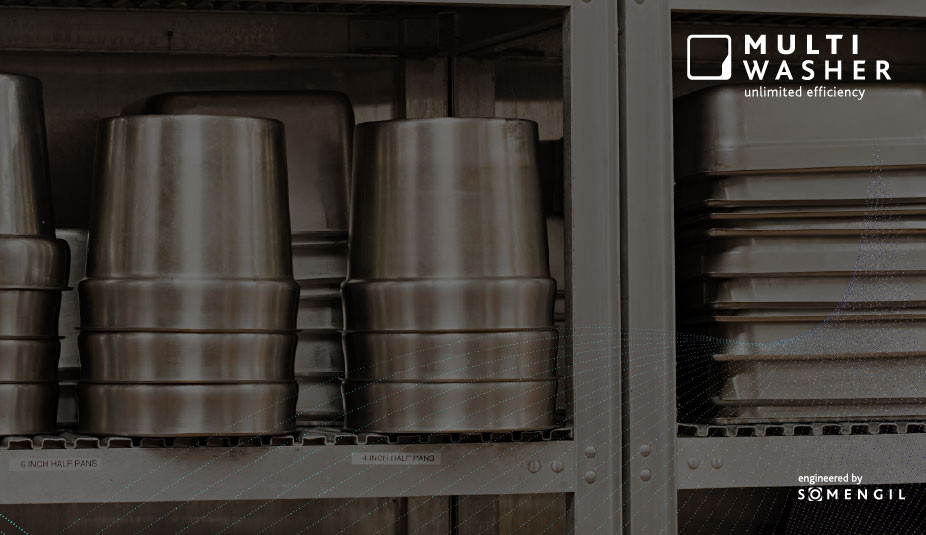
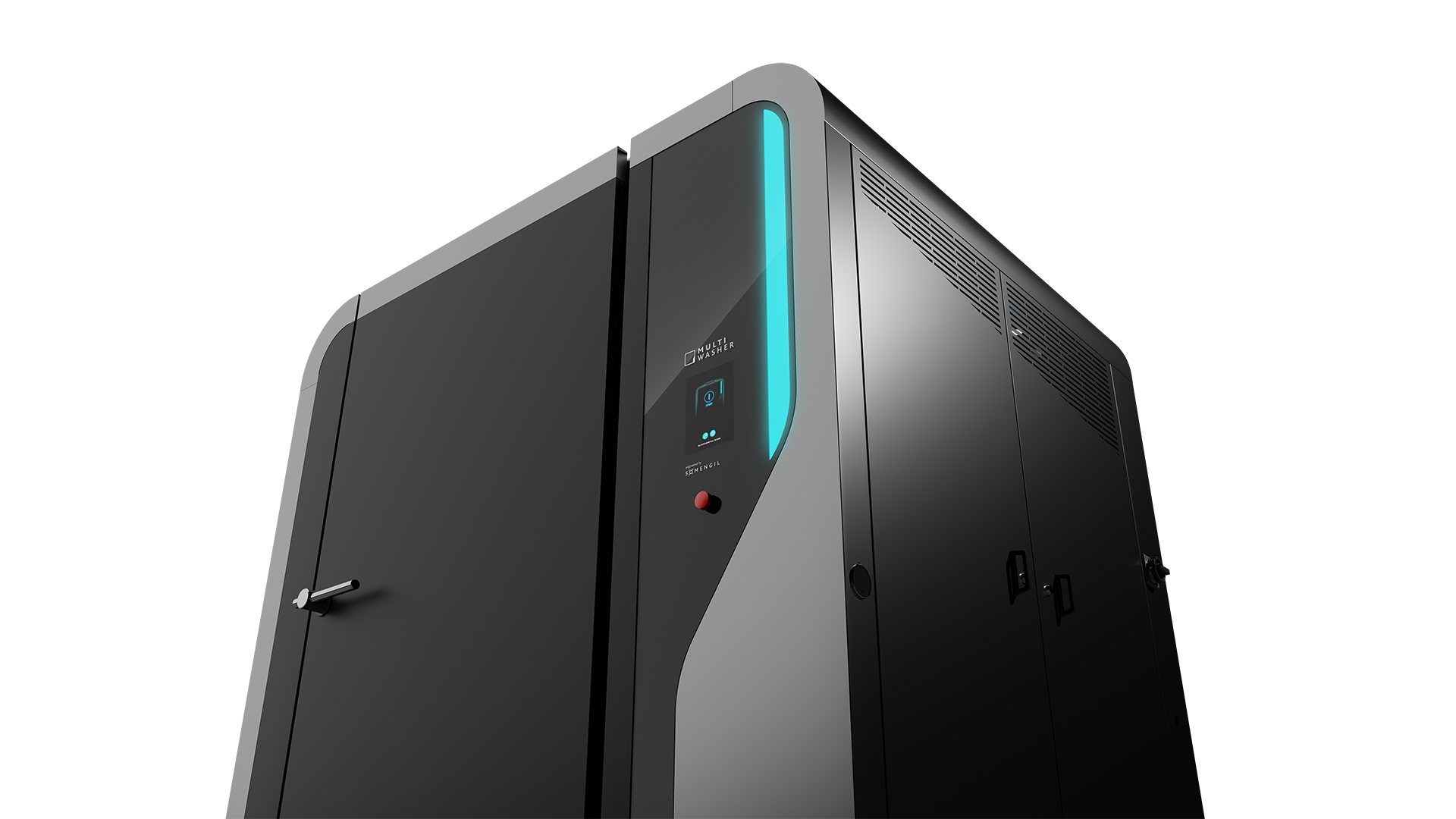
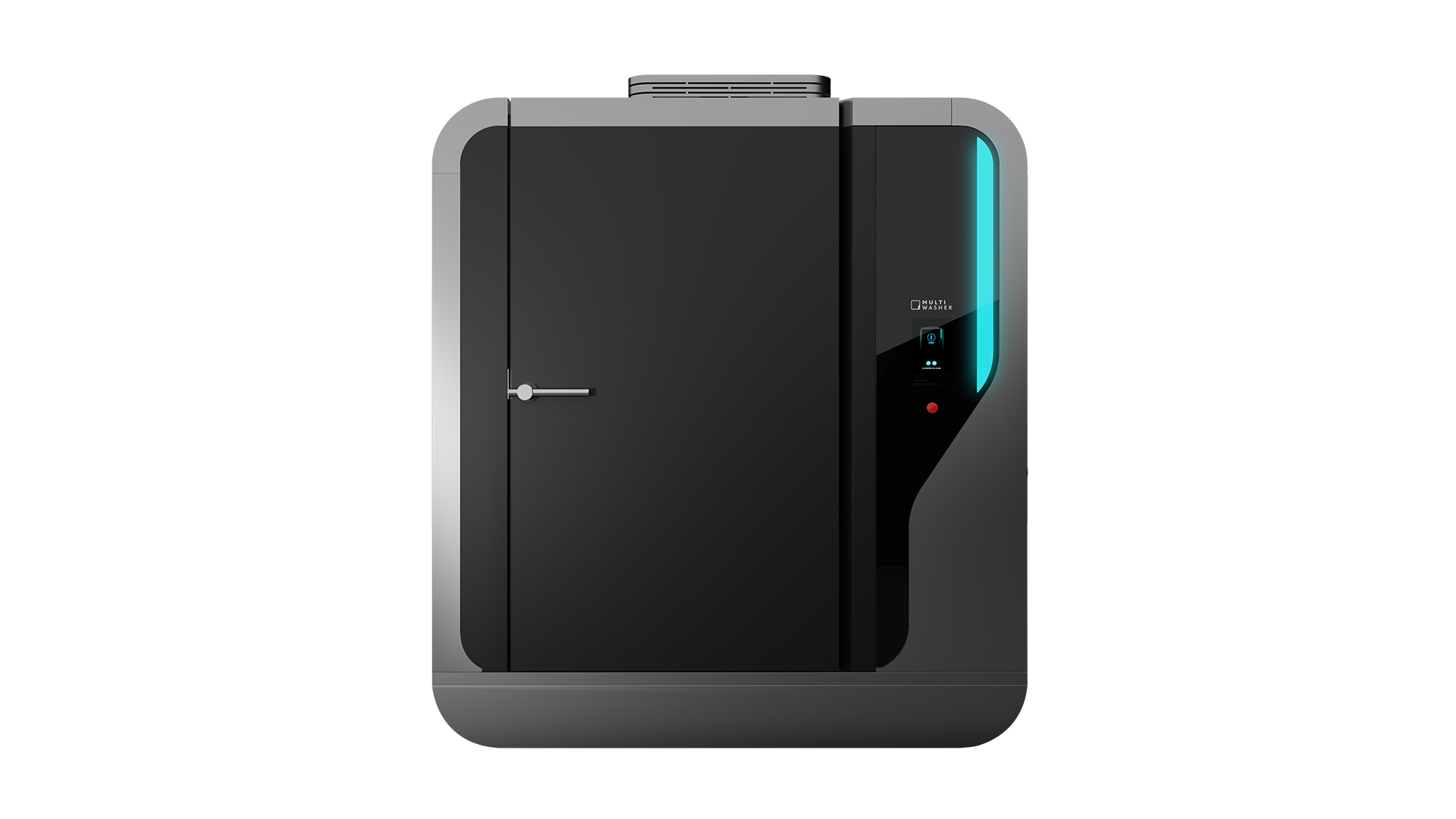
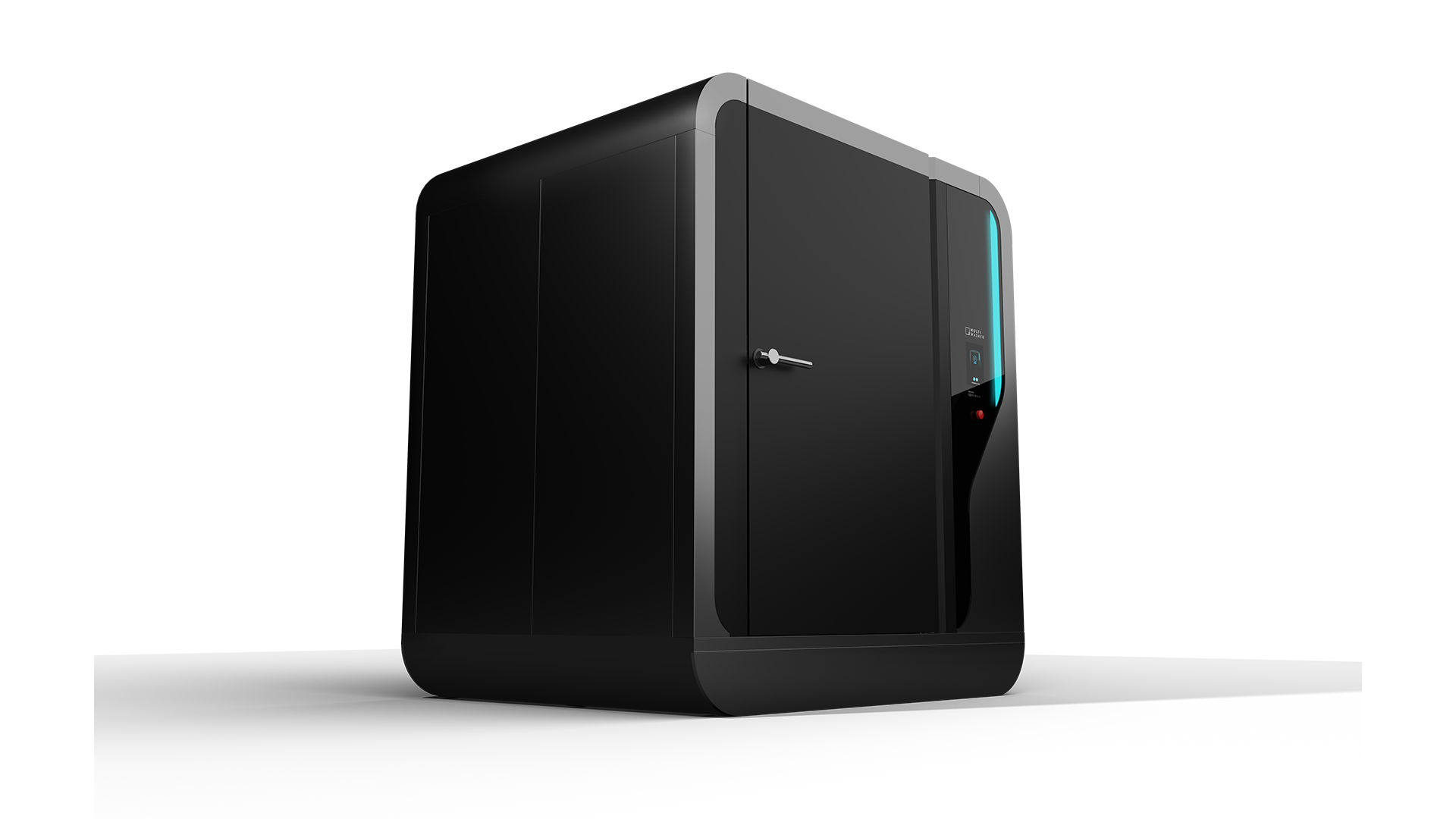
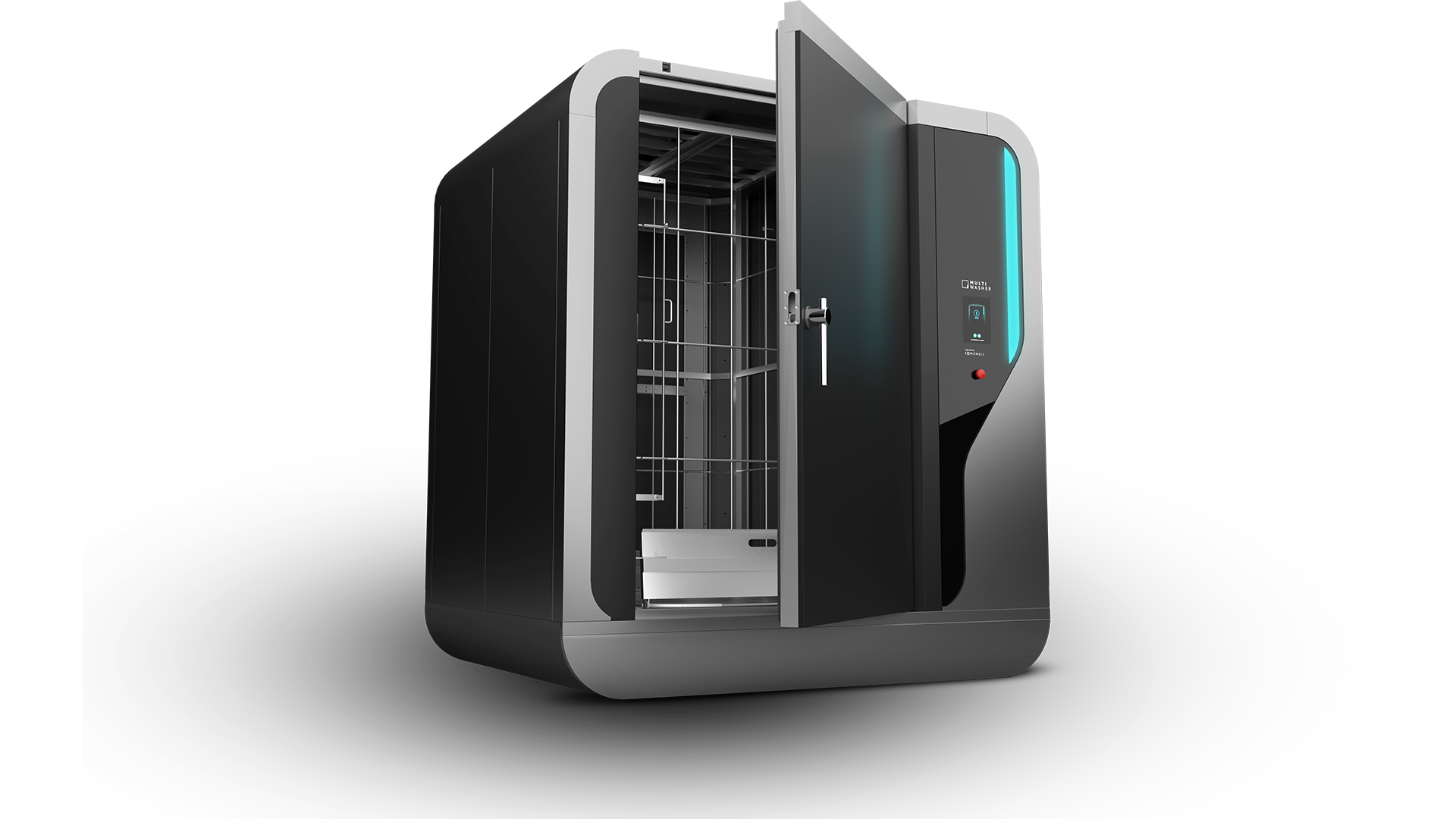
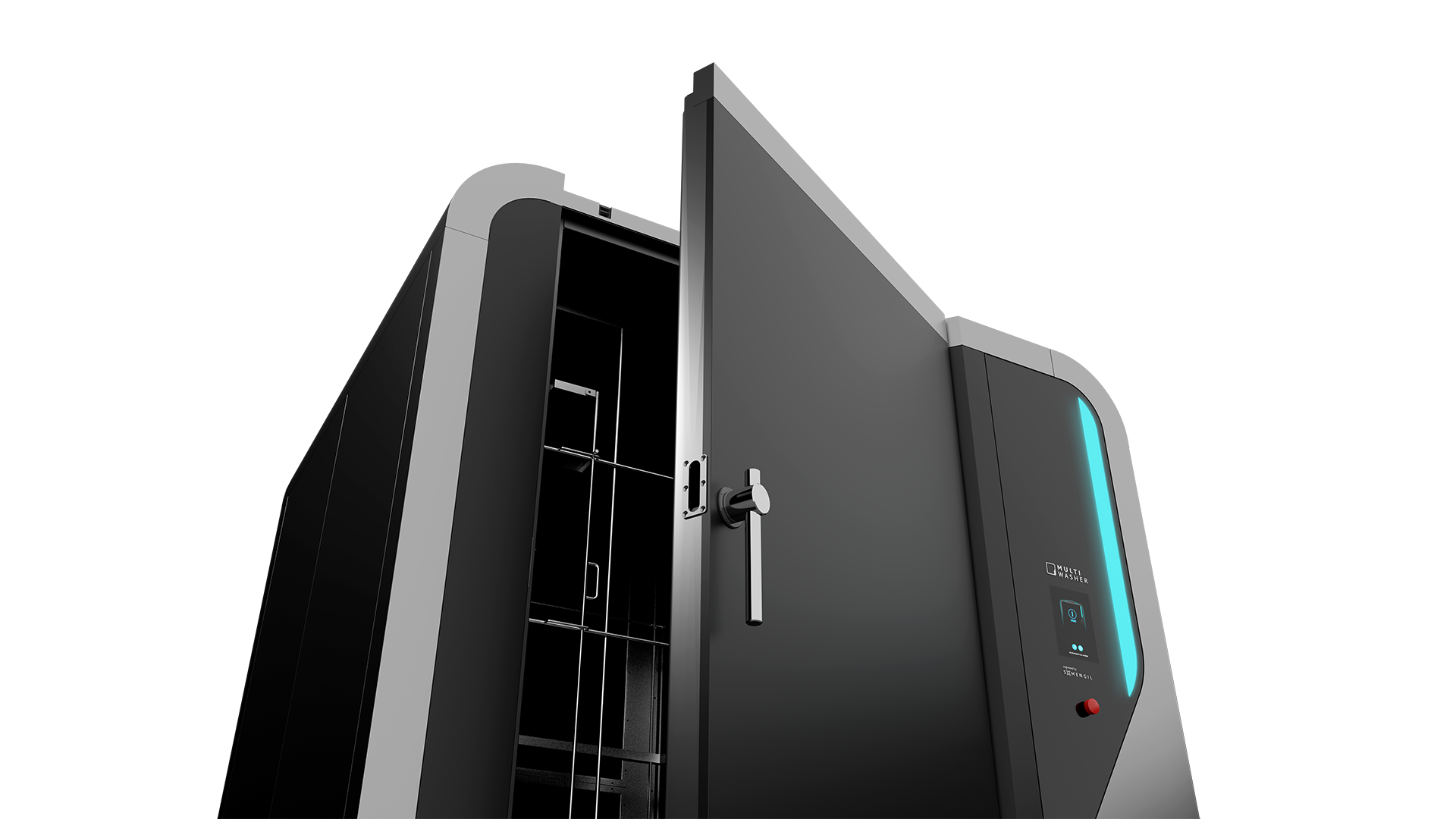
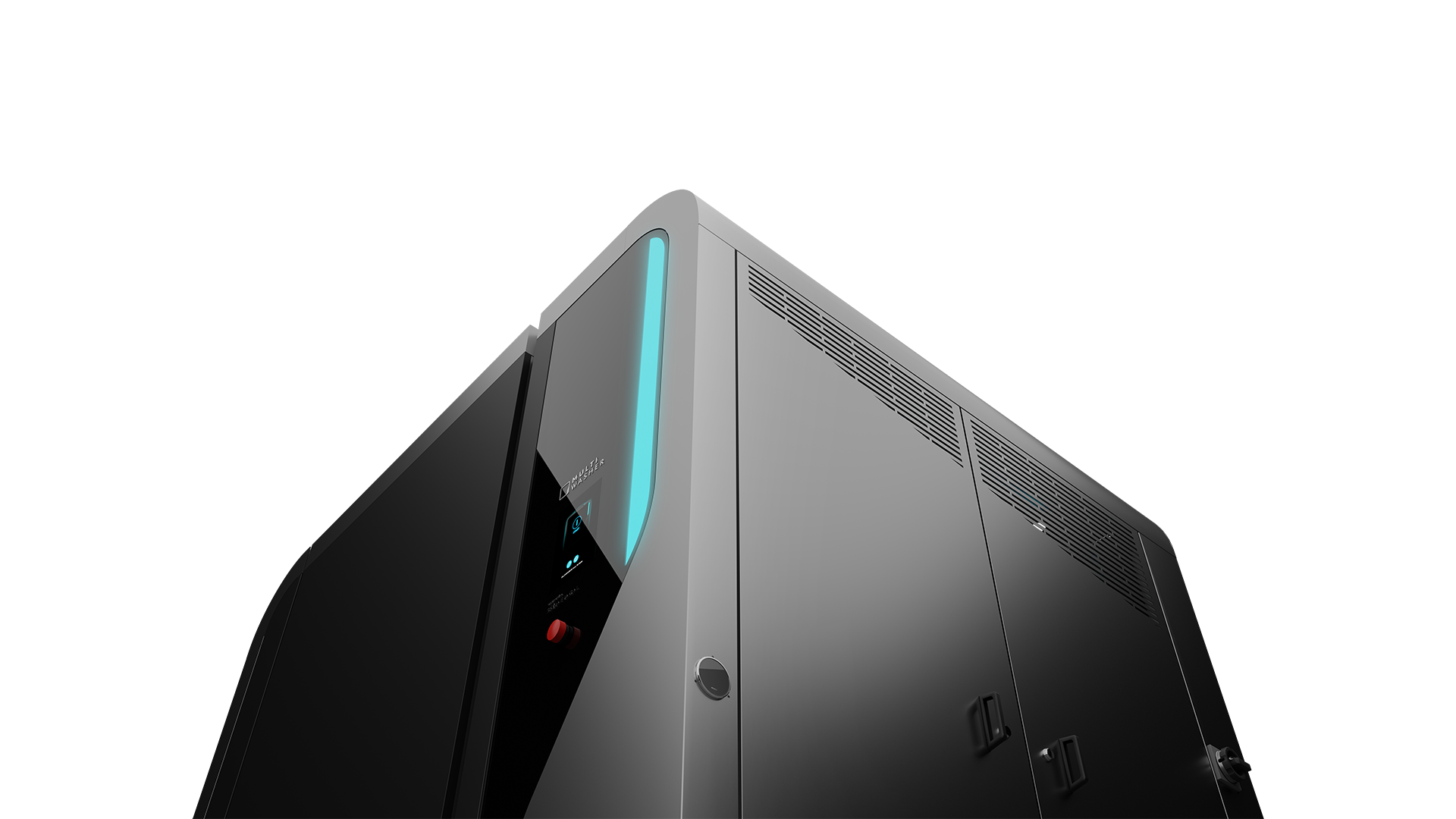
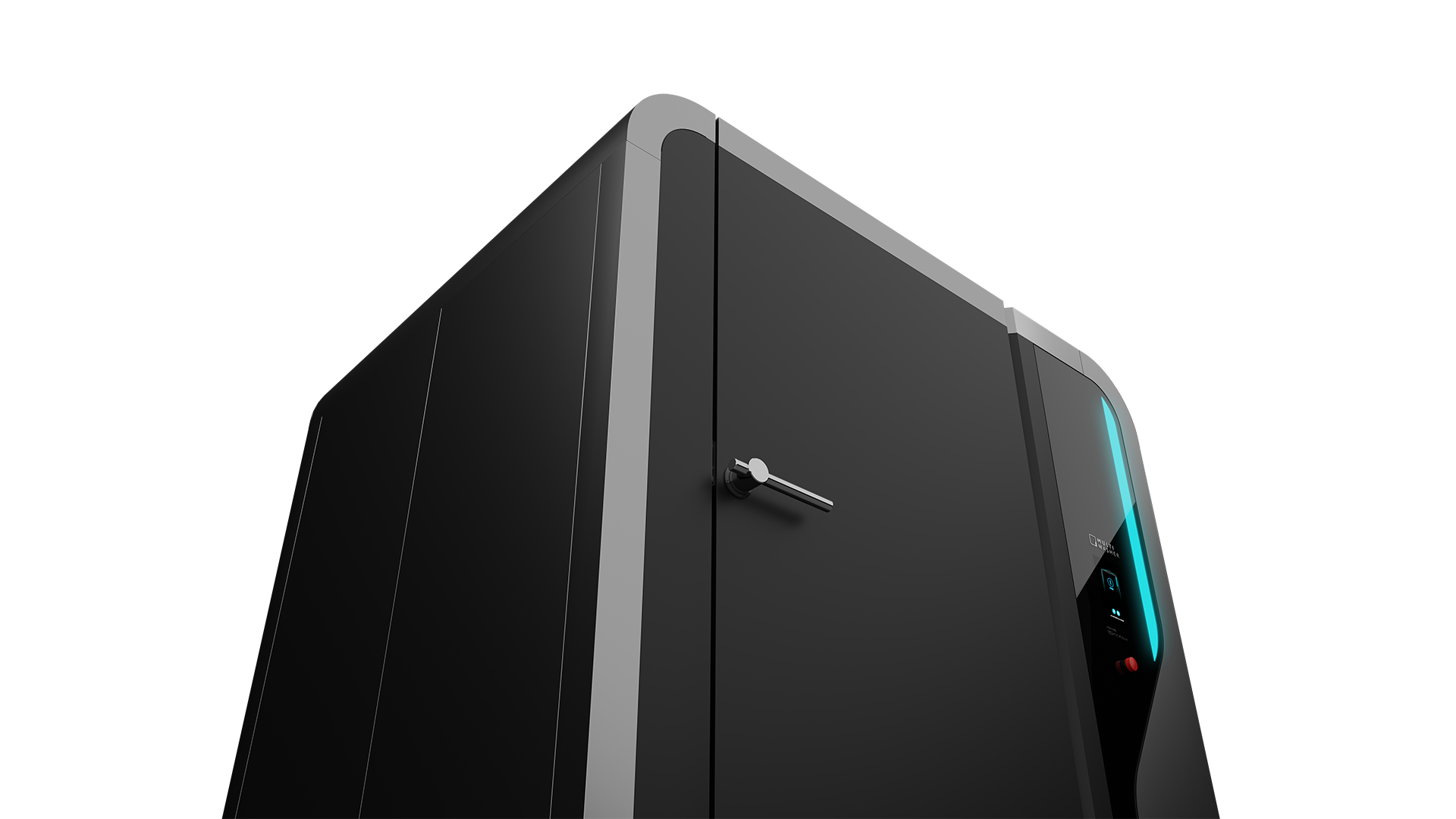
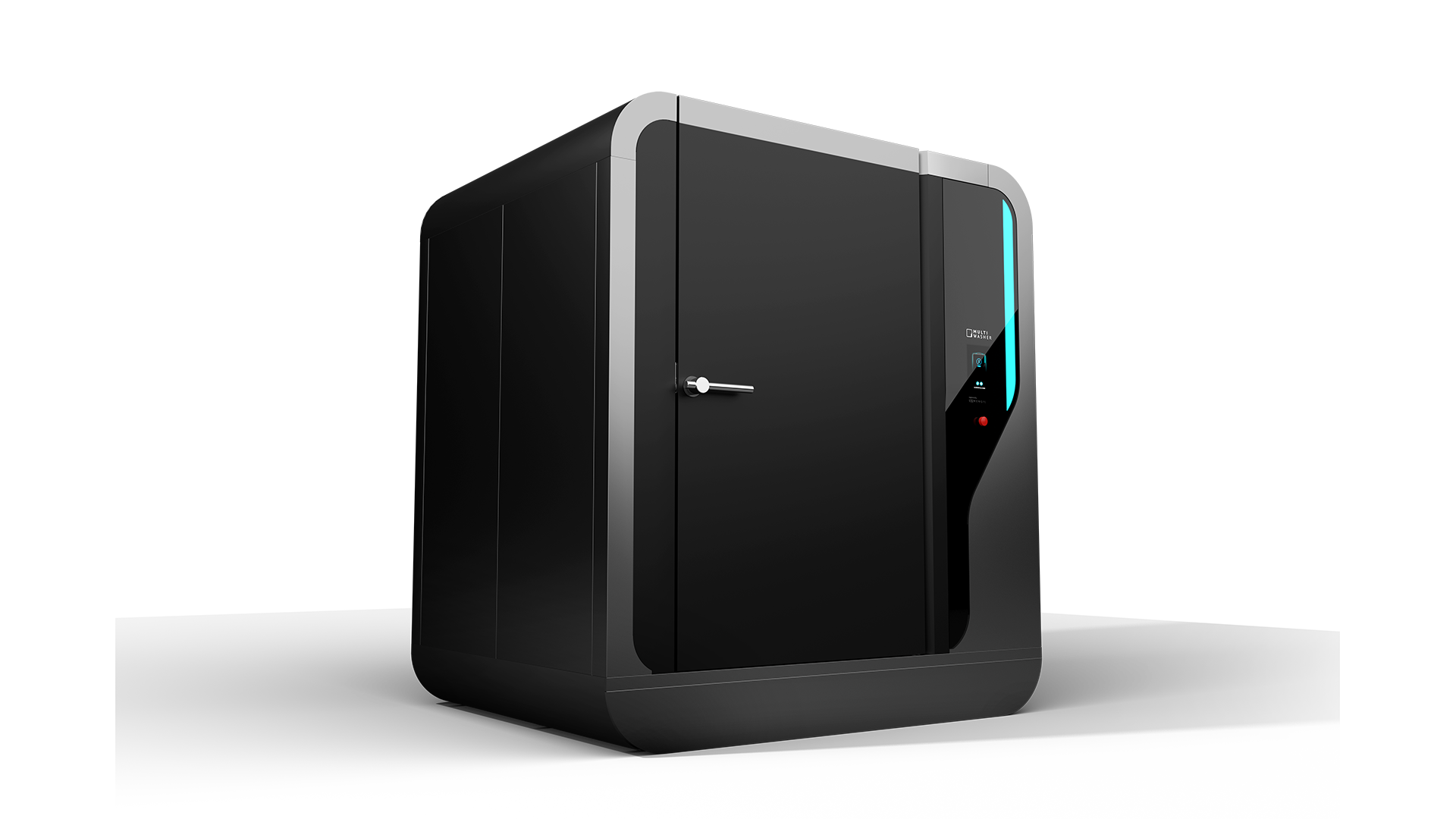
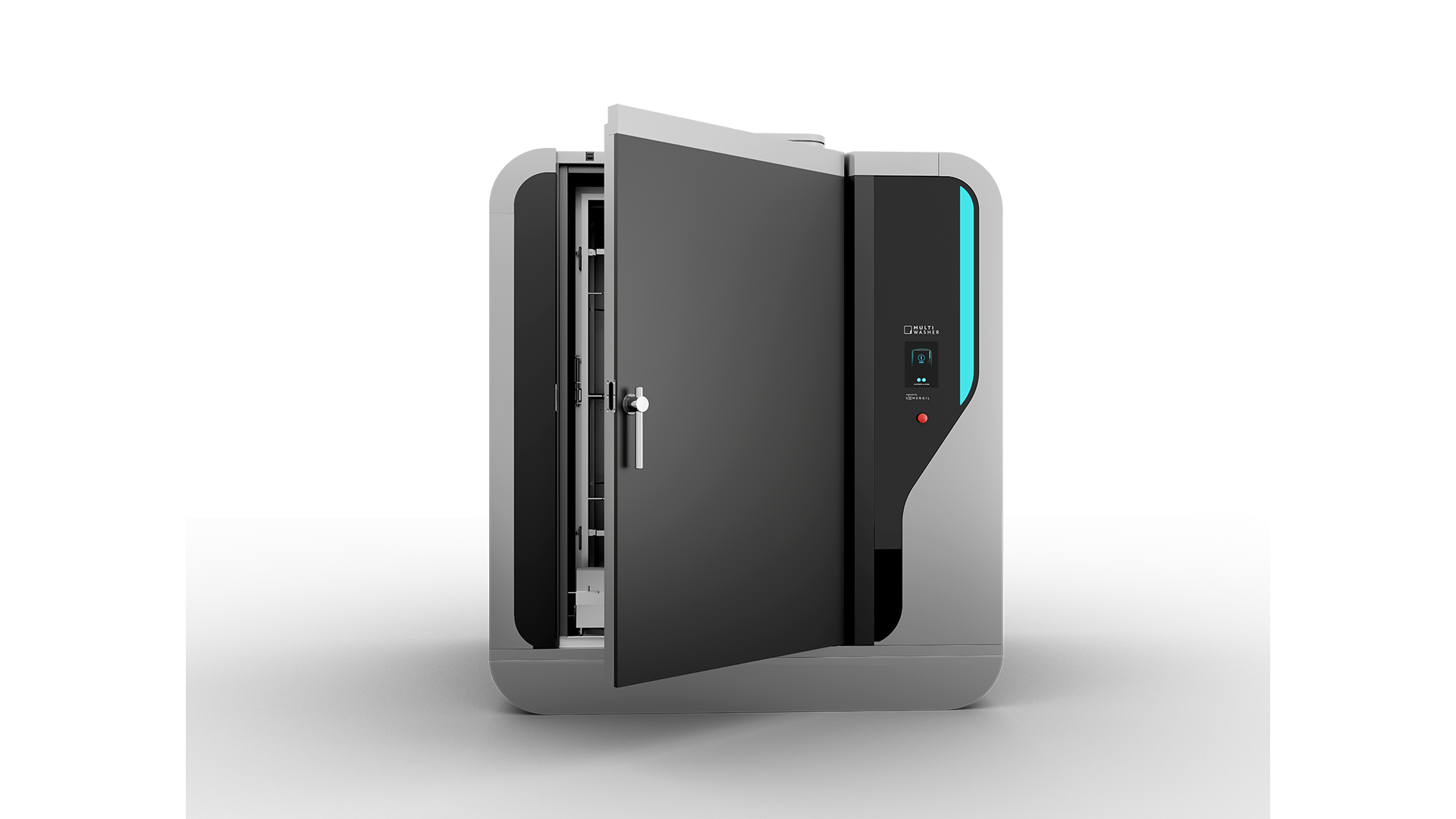
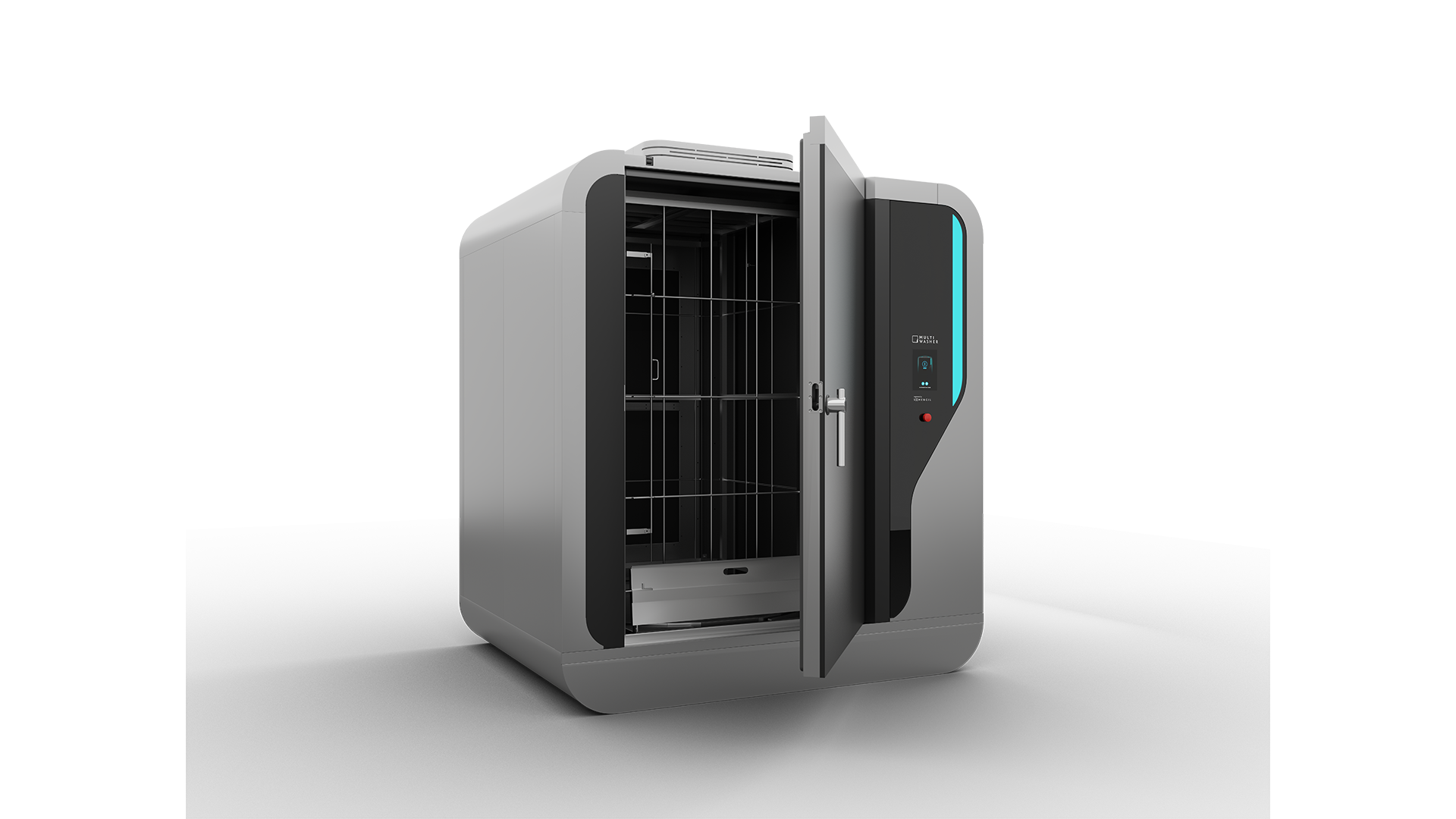
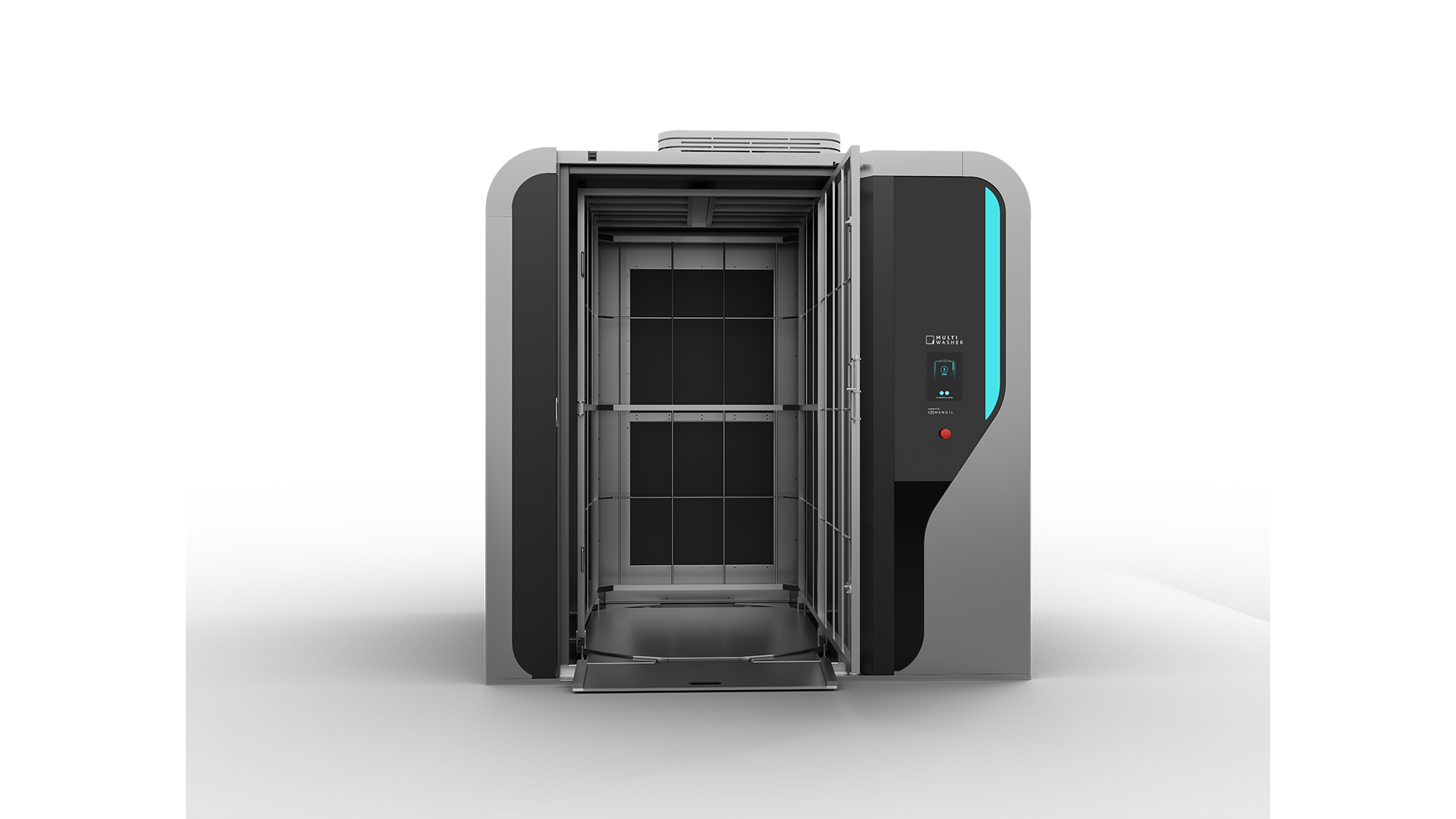
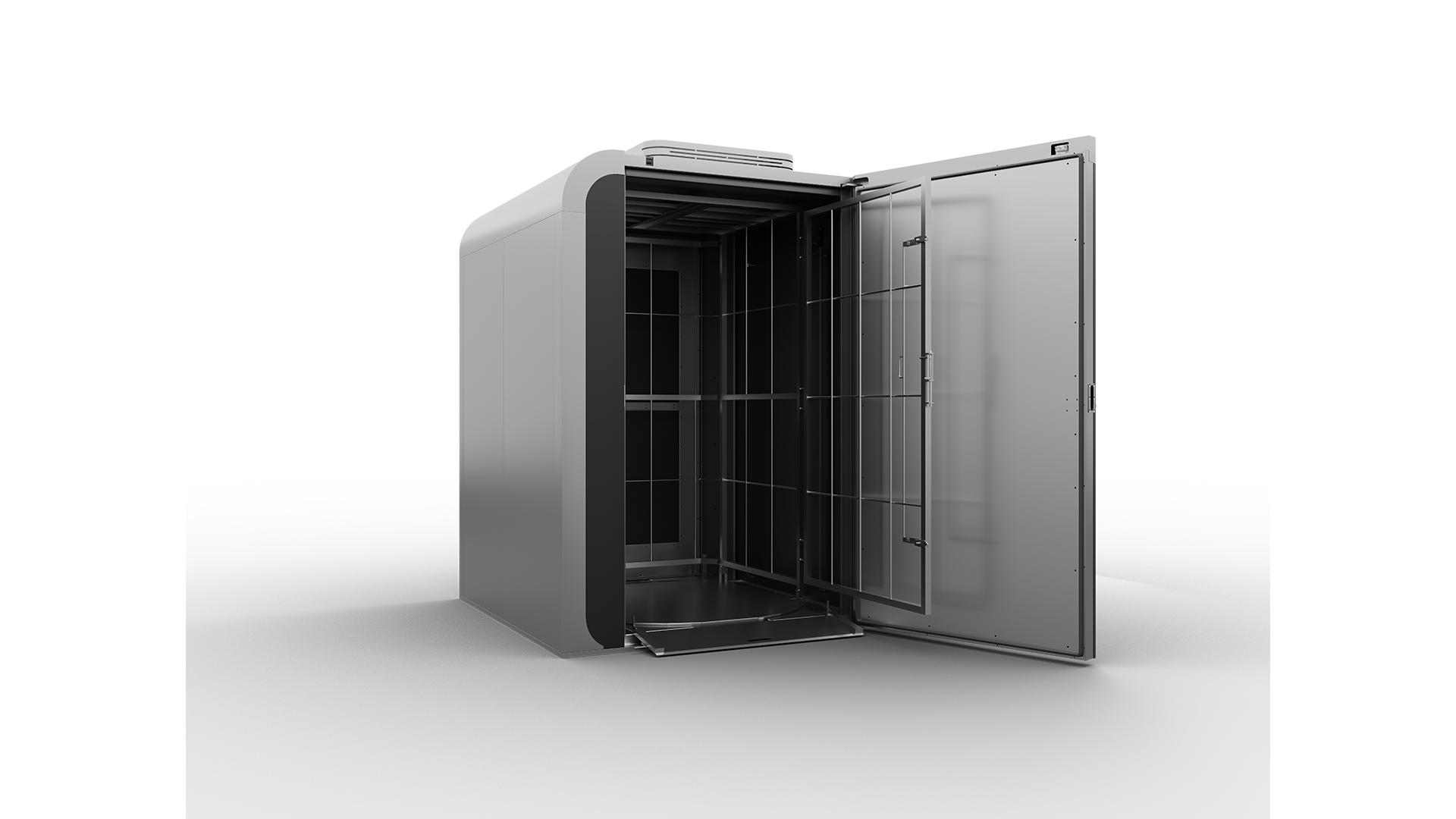
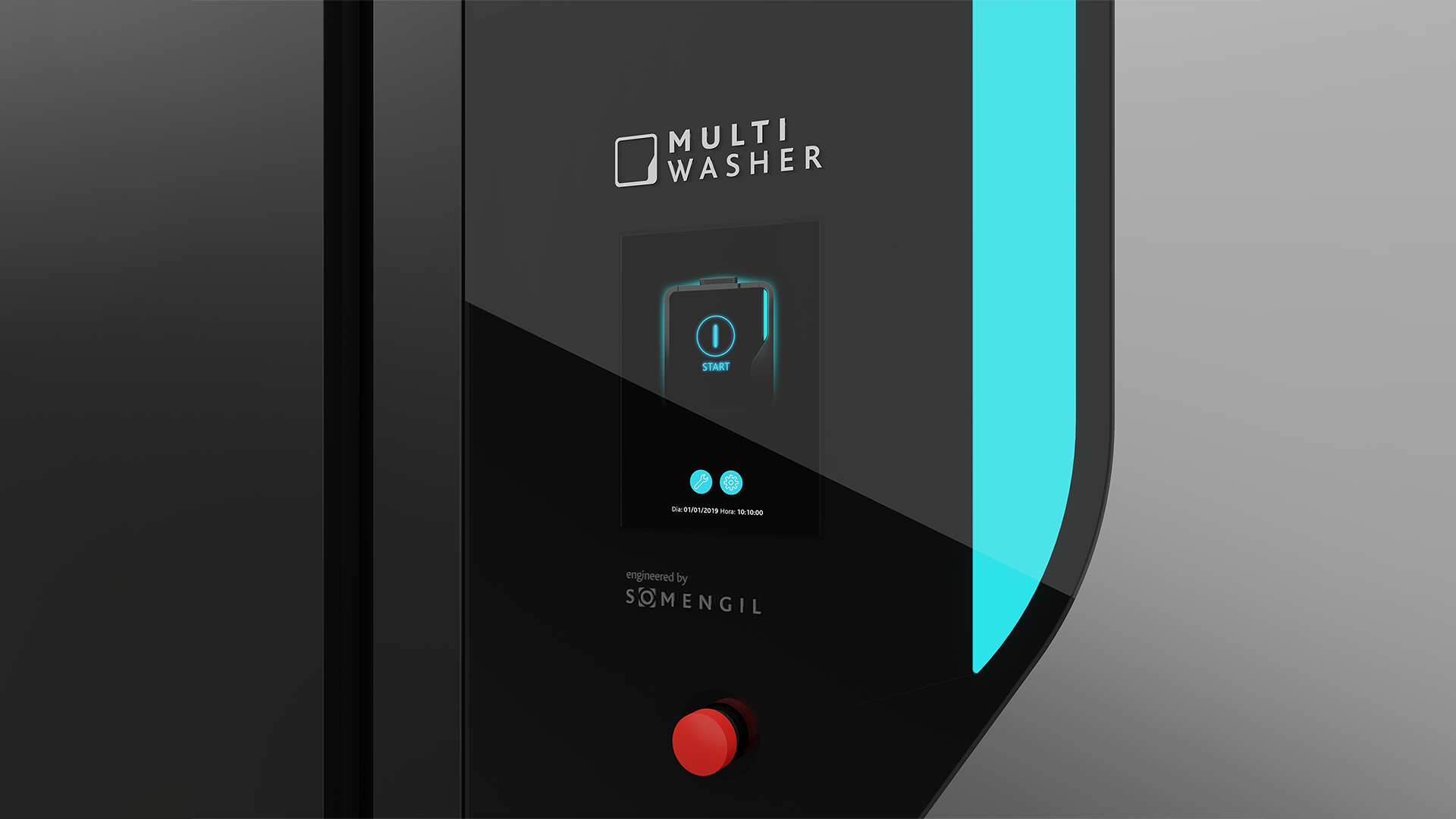
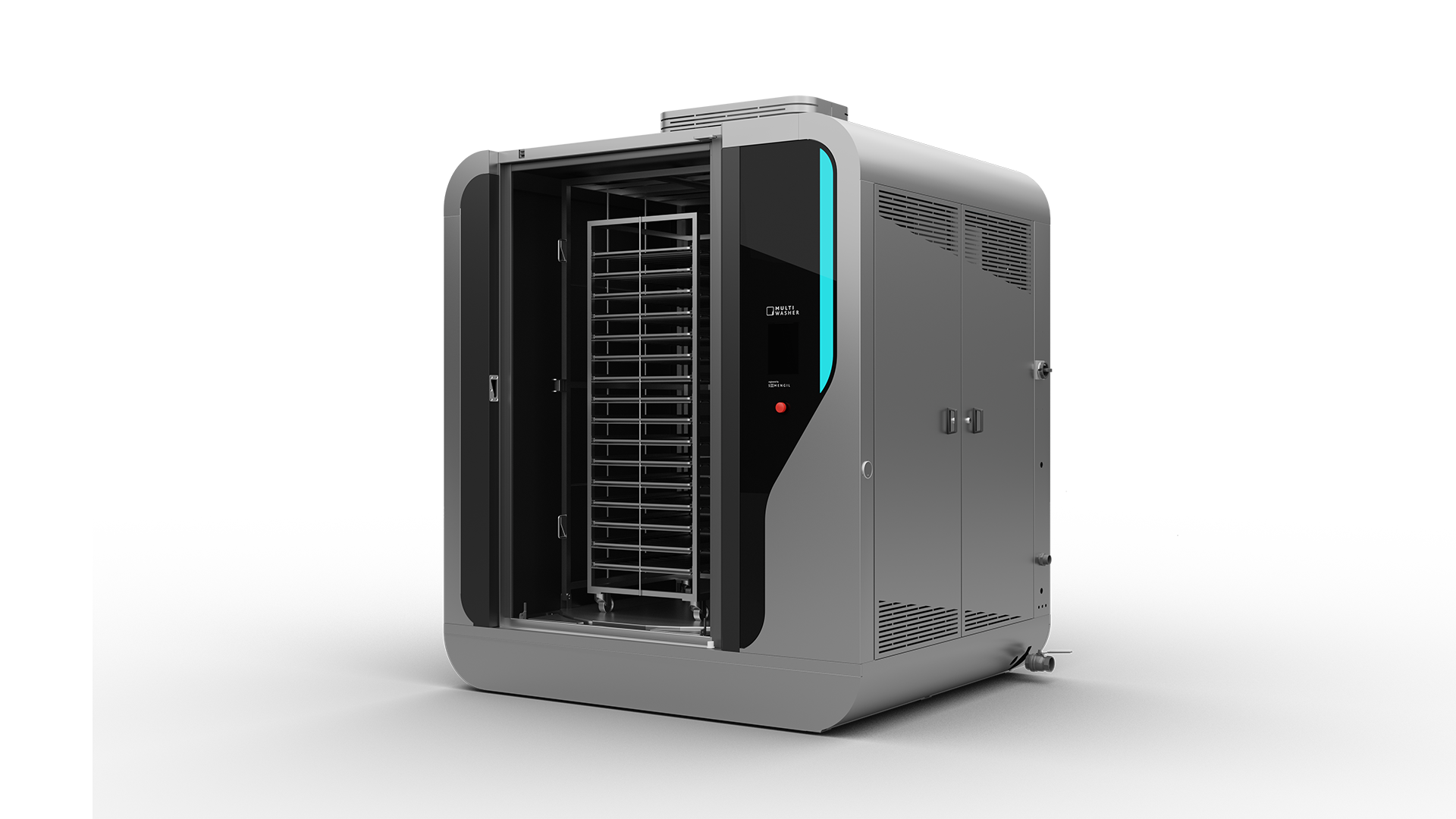
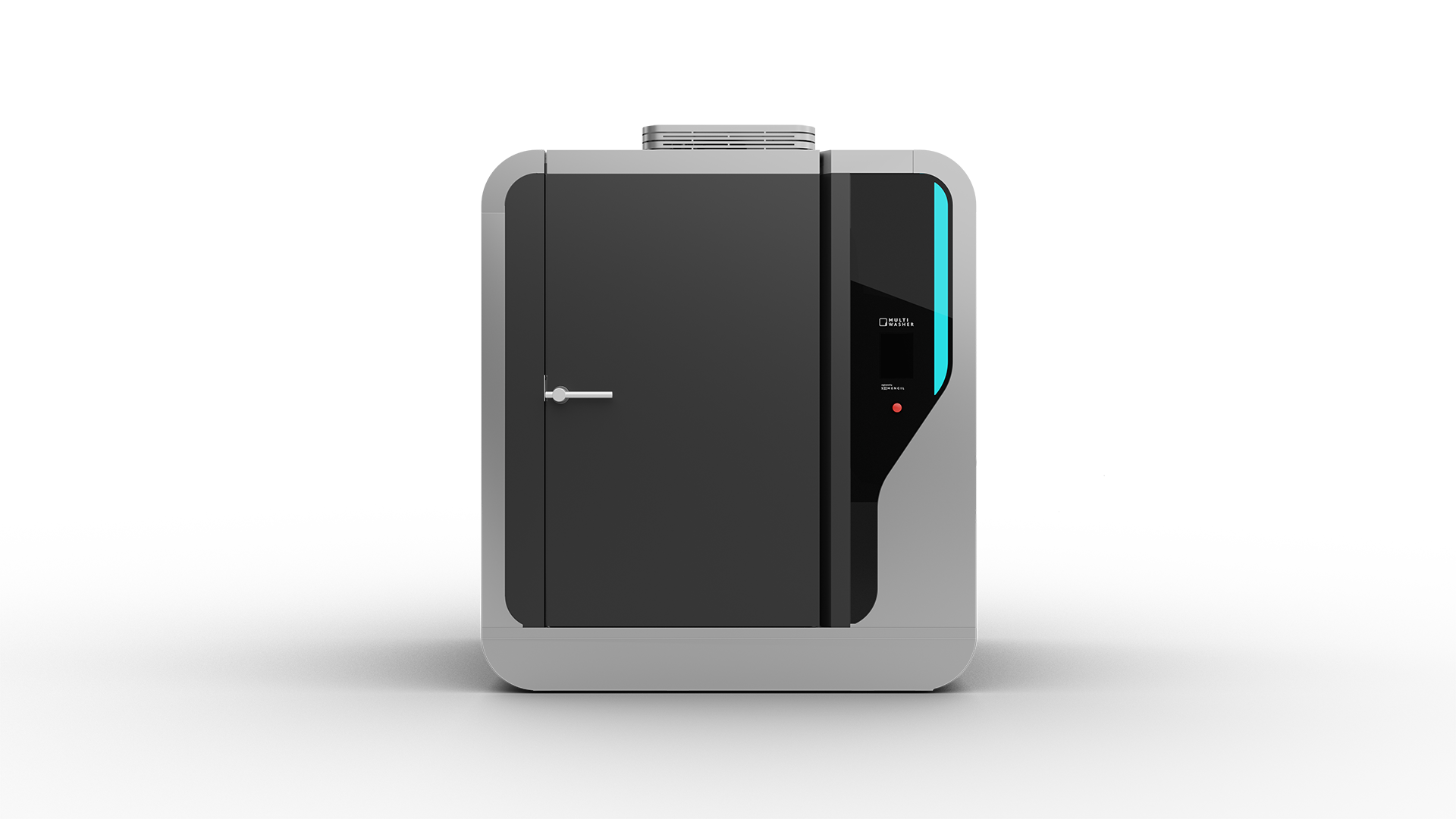


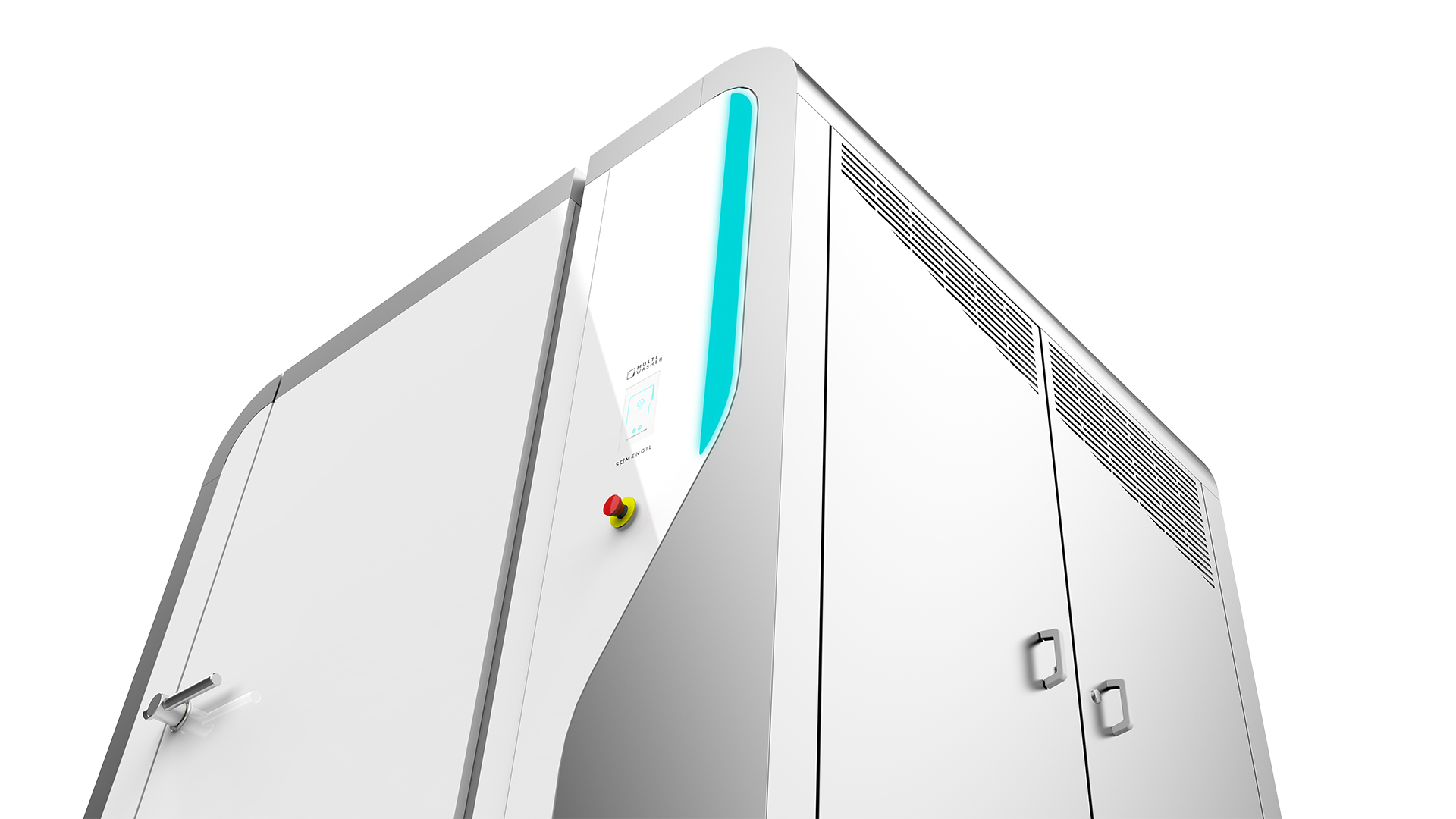
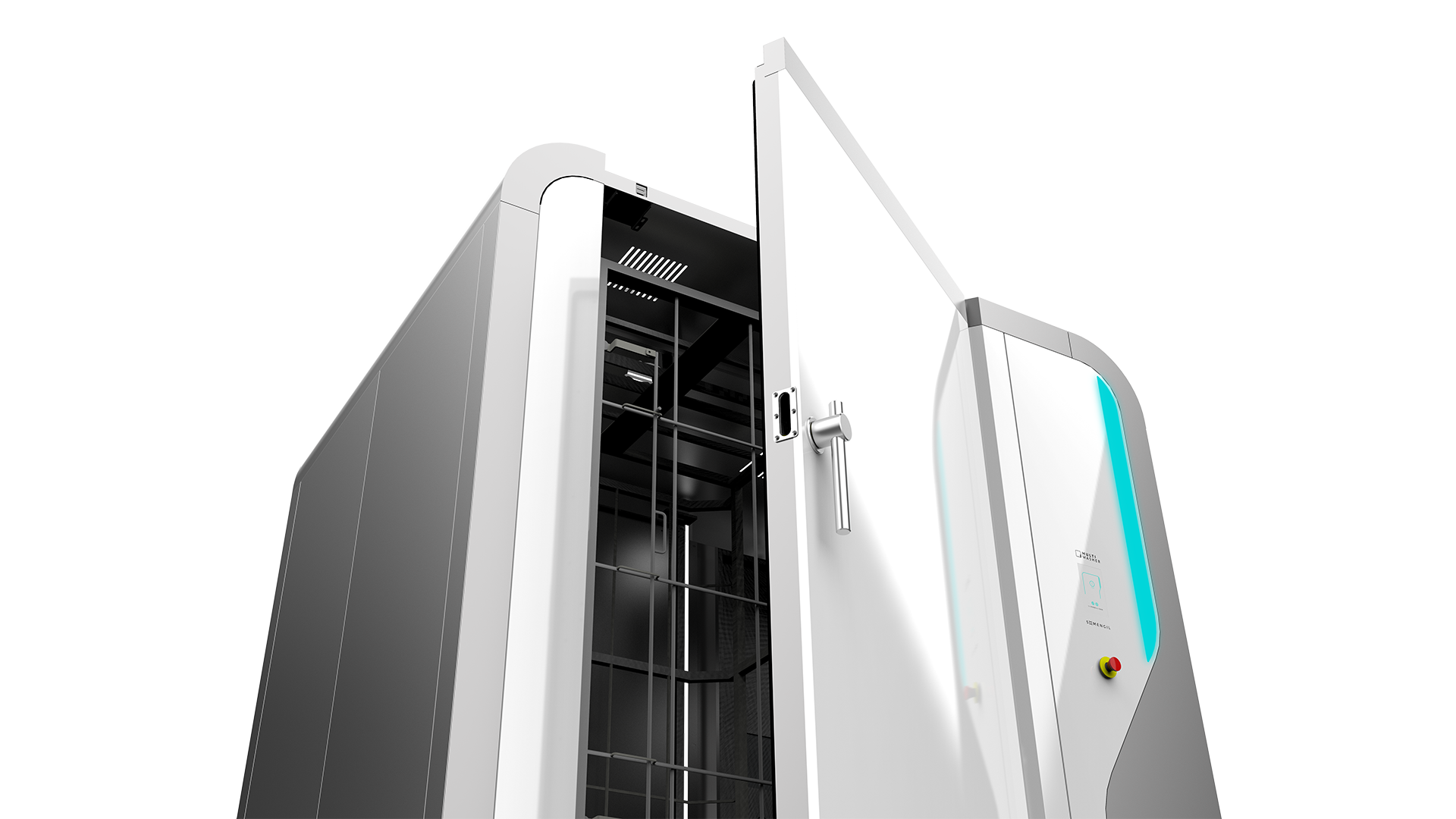
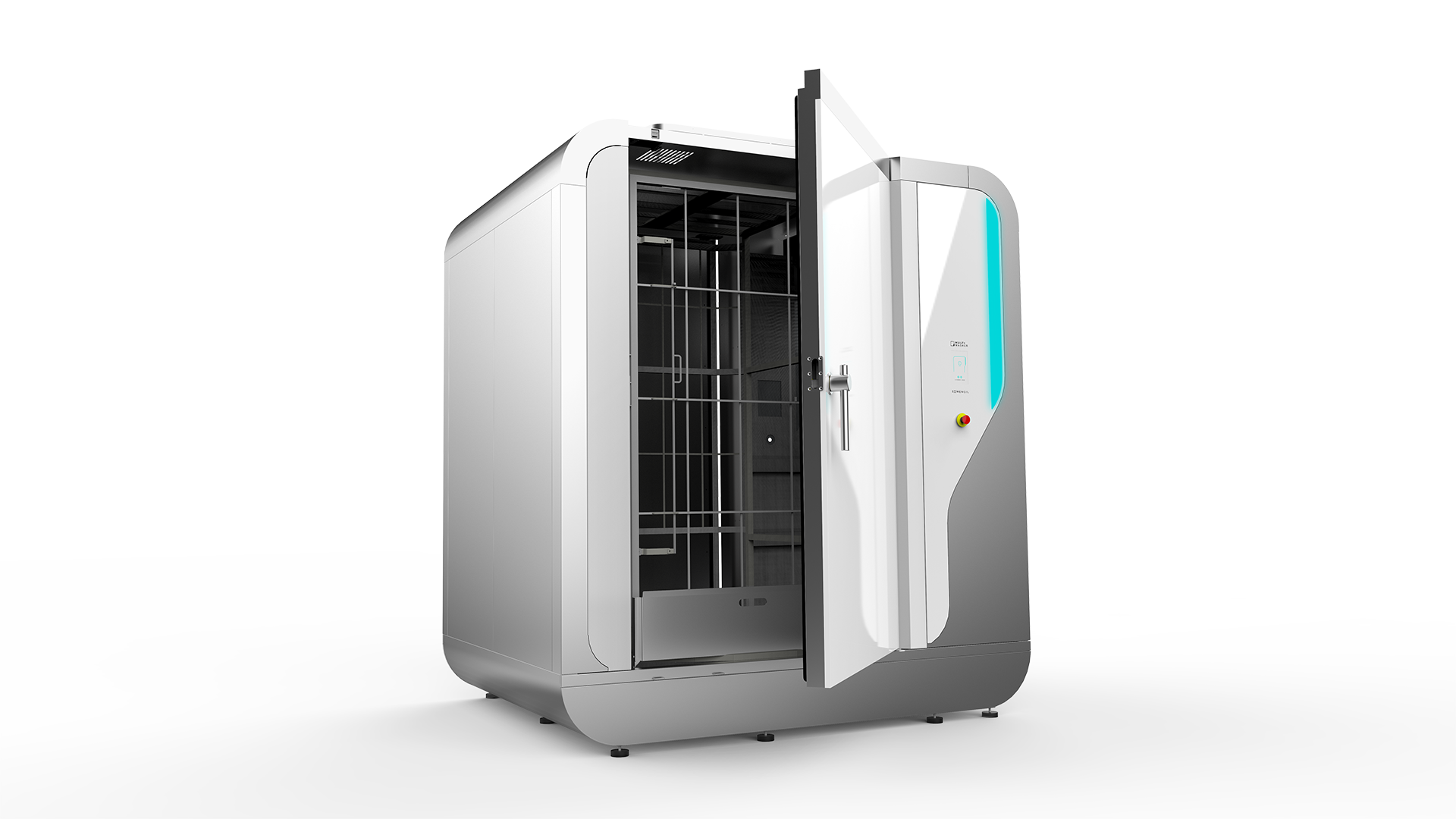

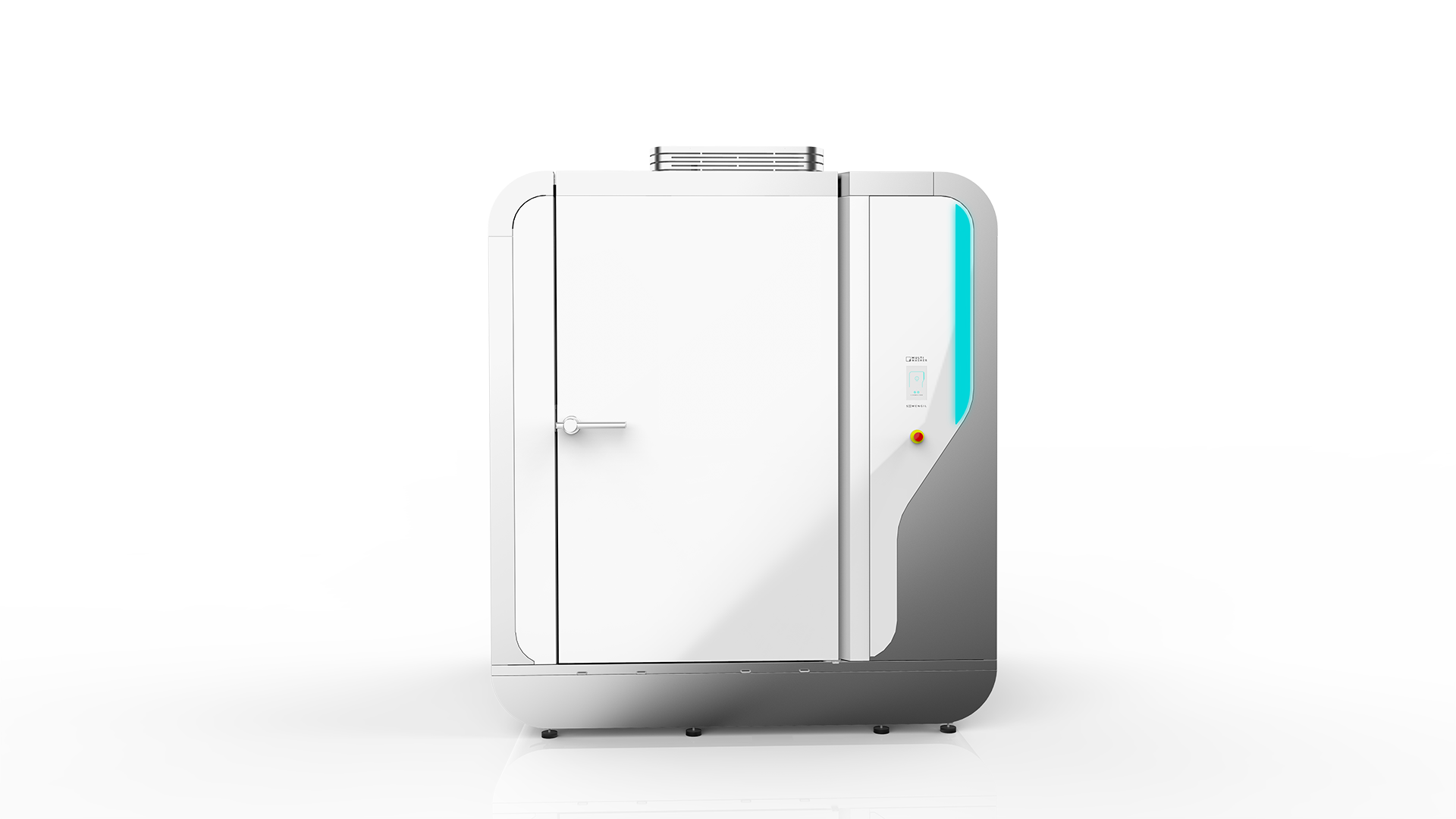
 Portugal
Portugal United Kingdom
United Kingdom United States
United States France
France Spain
Spain Germany
Germany Romania
Romania Italy
Italy Czech Republic
Czech Republic Finland
Finland Hungary
Hungary Slovakia
Slovakia Greece
Greece Lithuania
Lithuania South Korea
South Korea Russia
Russia Saudi Arabia
Saudi Arabia Poland
Poland Brasil
Brasil Hebrew
Hebrew